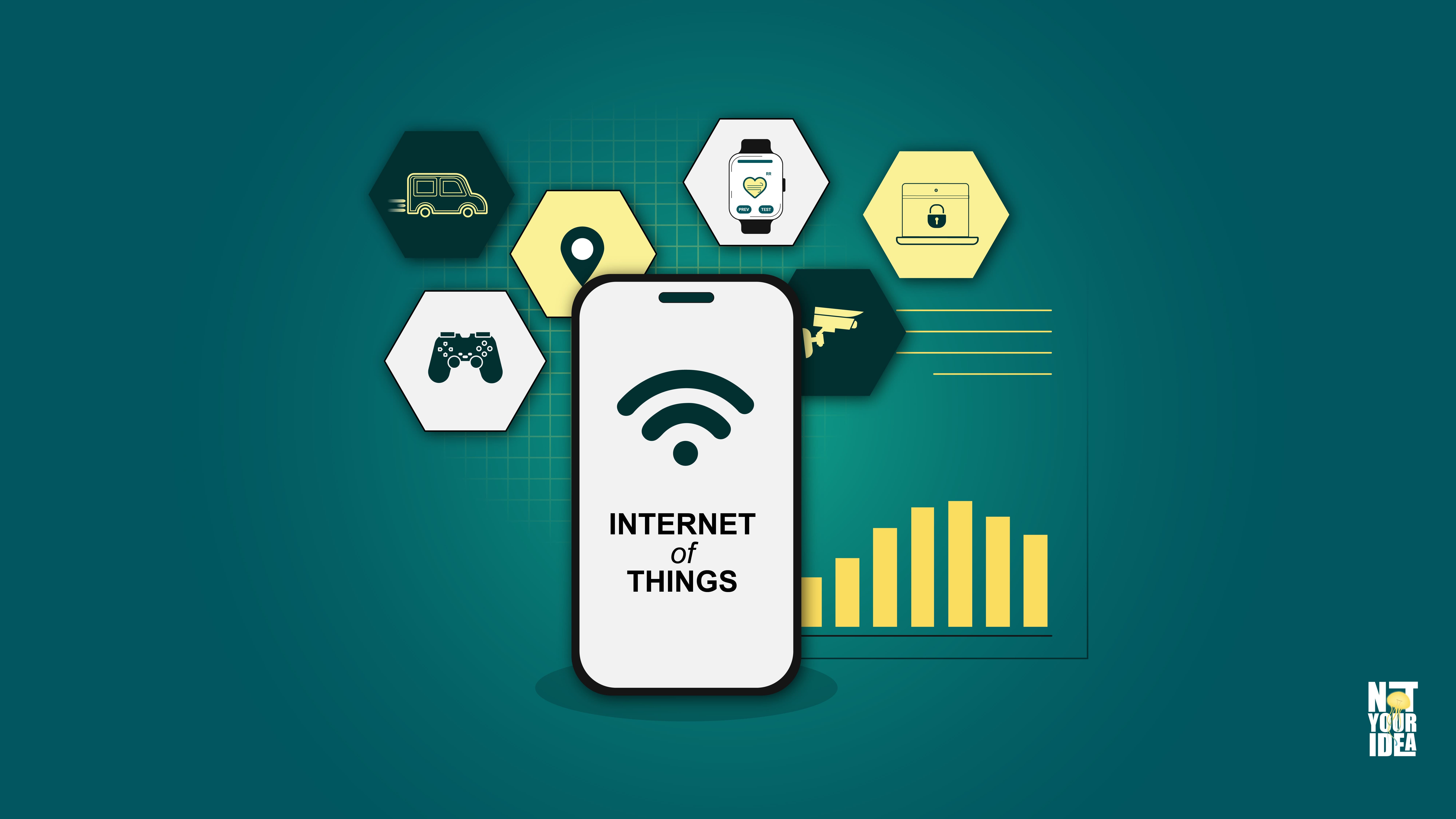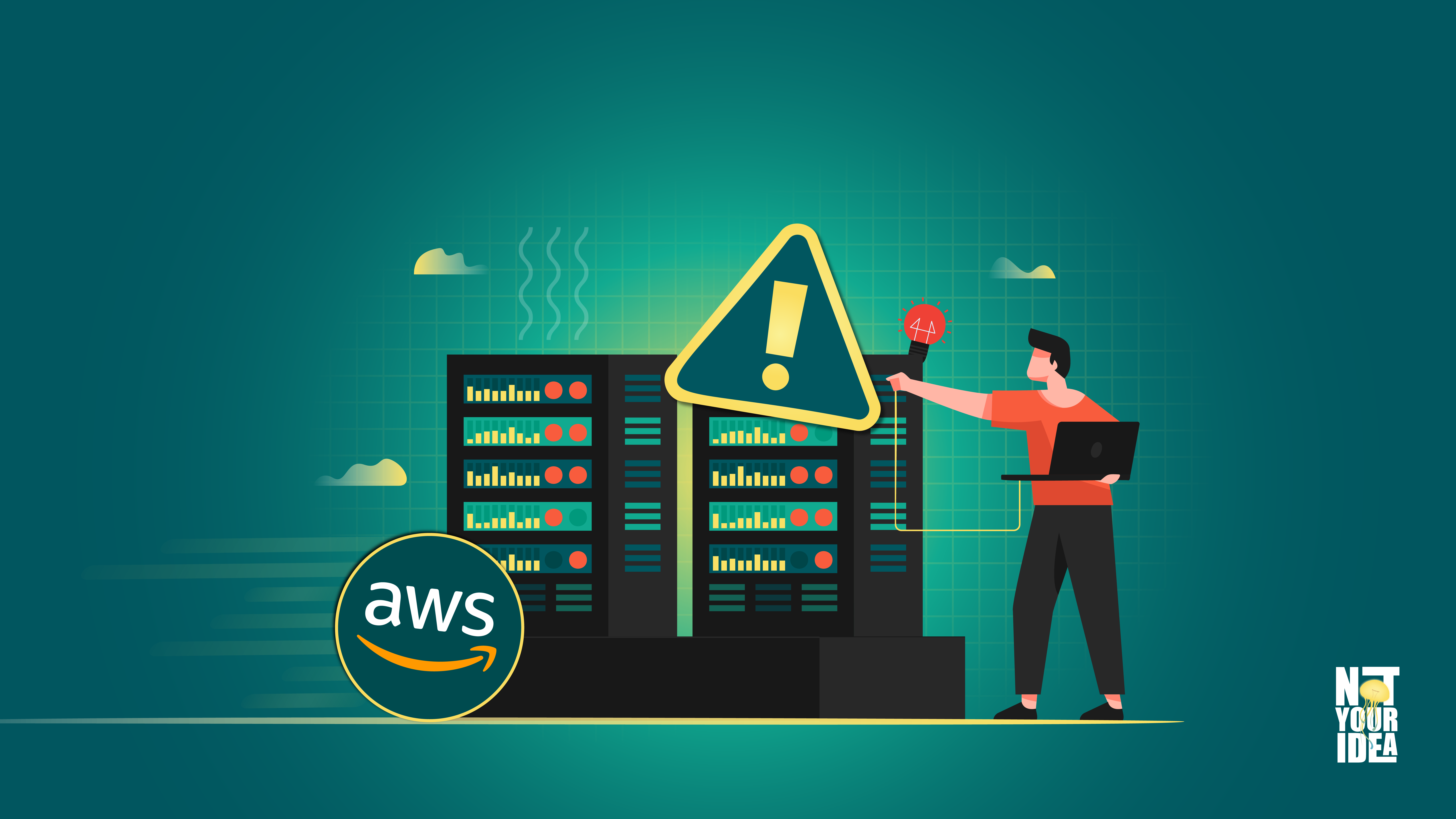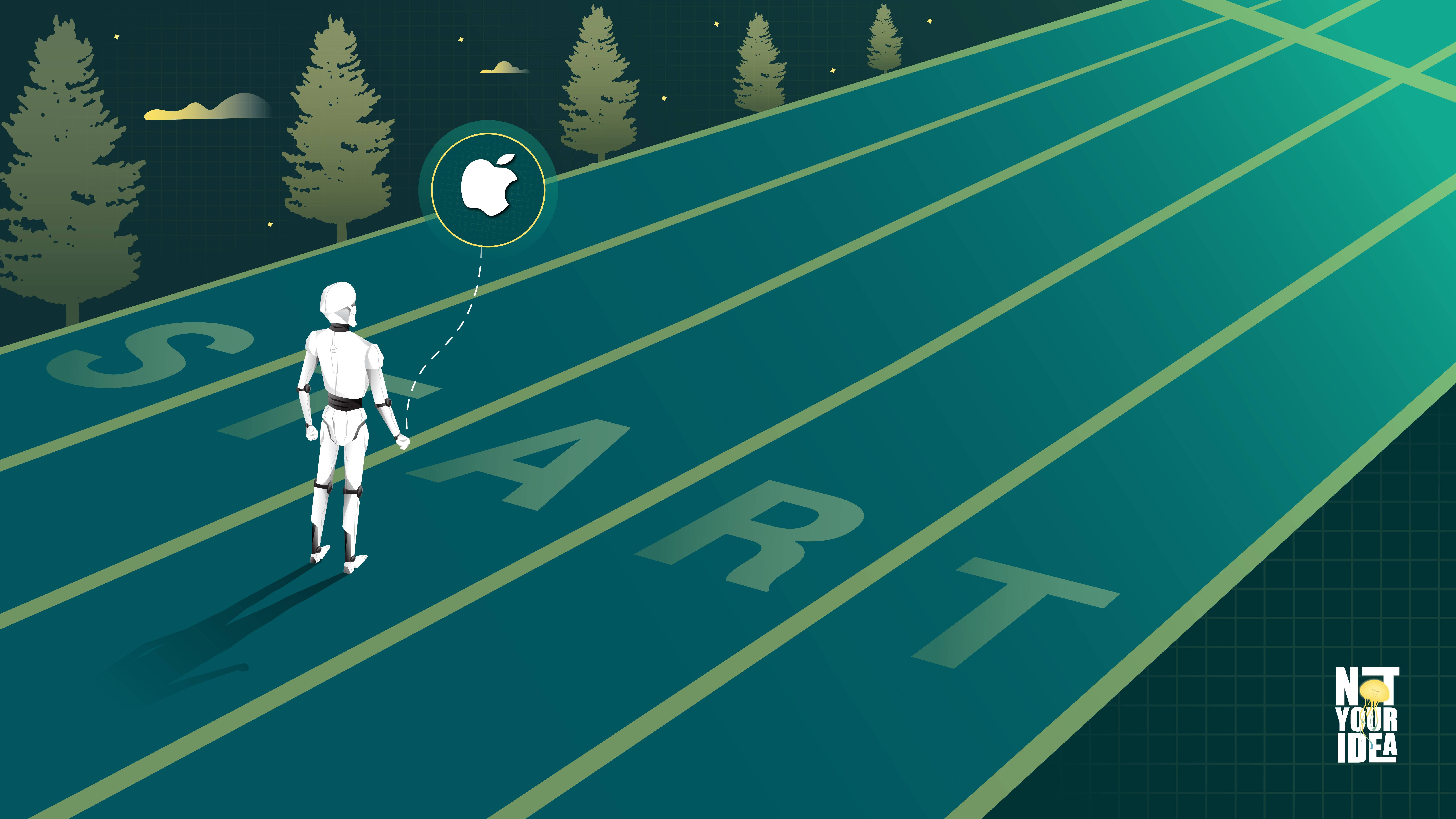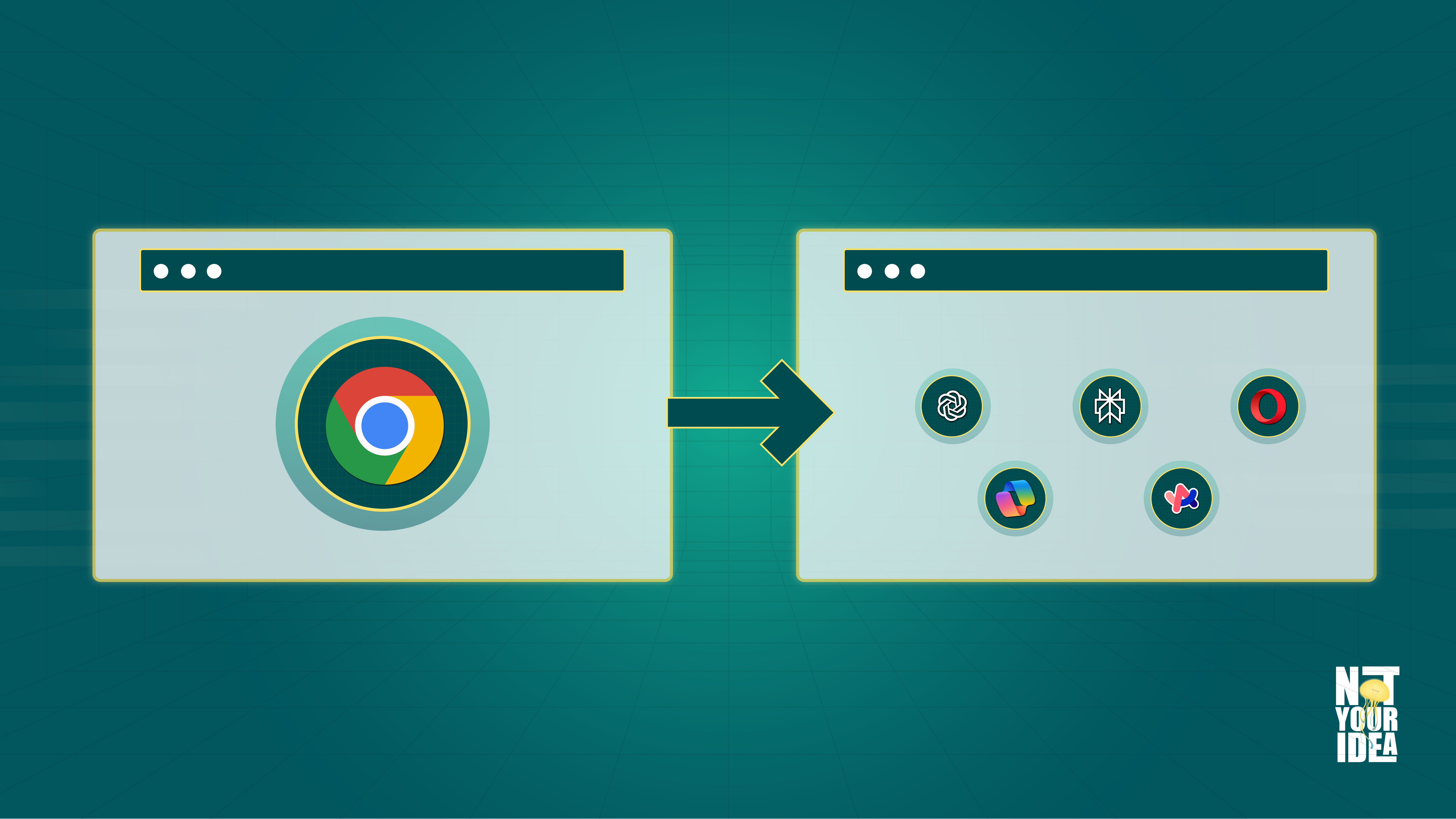One technology that has been quietly revolutionizing customers’ interactions with websites is IoT, or the Internet of Things (IoT). If you’ve been thinking to yourself how all the smart devices around you can actually generate meaningful business results, you have come to the right place.
Let’s explore how IoT is transforming the nature of web interactions and customer experiences that only a few years ago seemed impossible.
The Role of IoT in Optimizing Website Performance
For someone like a Digital Transformation Officer, understanding how IoT can integrate with your website is essential. This technology allows you to collect real-time data and personalize user experiences, making your website much more engaging and intuitive.
Picture this: a customer approaches your retail site, and thanks to their smartphone's GPS, you know exactly where they are. This data allows you to personalize their experience right at the moment they’re most likely to interact with your site. It's not science fiction—it's happening now, and it’s transforming customer interactions.
To really get the full picture of how IoT can enhance your website, let’s break down its key components:
- Sensors/Devices
- Connectivity
- Data Processing
- User Interface
These components work together to help create smoother, more engaging user experiences and optimize website performance. But integrating IoT into your website might come with challenges—like scaling, security, and processing large volumes of data. That’s where cloud computing and edge computing come in handy, helping you manage and process all the data IoT generates.
Cloud Computing for IoT
Cloud computing helps you manage large-scale IoT data with centralized storage and computing power. It gives you the scalability and flexibility to grow your systems without heavy on-premise infrastructure.
It enables you to gain real-time insights, deploy machine learning, and use predictive analytics to enhance website personalization. Plus, it integrates IoT systems with your enterprise applications, ensuring seamless data synchronization.
Edge Computing for IoT
Edge computing allows you to process data locally, reducing latency by handling it at the source instead of the cloud. It’s perfect for real-time applications like web traffic monitoring and dynamic pricing.
It also enhances security by keeping sensitive data local. By combining cloud and edge computing, you can create a responsive and secure IoT-enabled website.
Uses of IoT Technology in Website Engagement
IoT is particularly transforming many industries. Each of them offers insights into how to make your website better. Let's look into each one individually:
Retail Sector
In retail, beacon technology offers customers targeted marketing messages as they approach particular items. Imagine if your website had the capability to grant offers exactly when your customers wish to receive them. IoT allows not just personalization of the website but also forecasting of user requirements, thus ensuring you are always ahead of the game.
Health Sector
Dashboards give a quick glance at a user's vitals such as heart rate, glucose levels, and activity levels. Collecting the data through wearables makes it simple and effortless. IoT in healthcare enables the service providers to improve the service level as well as the overall patient care. For the patients, it means integrating their health data in ways that make them effortlessly engaged in their care and simplifies the web experience.
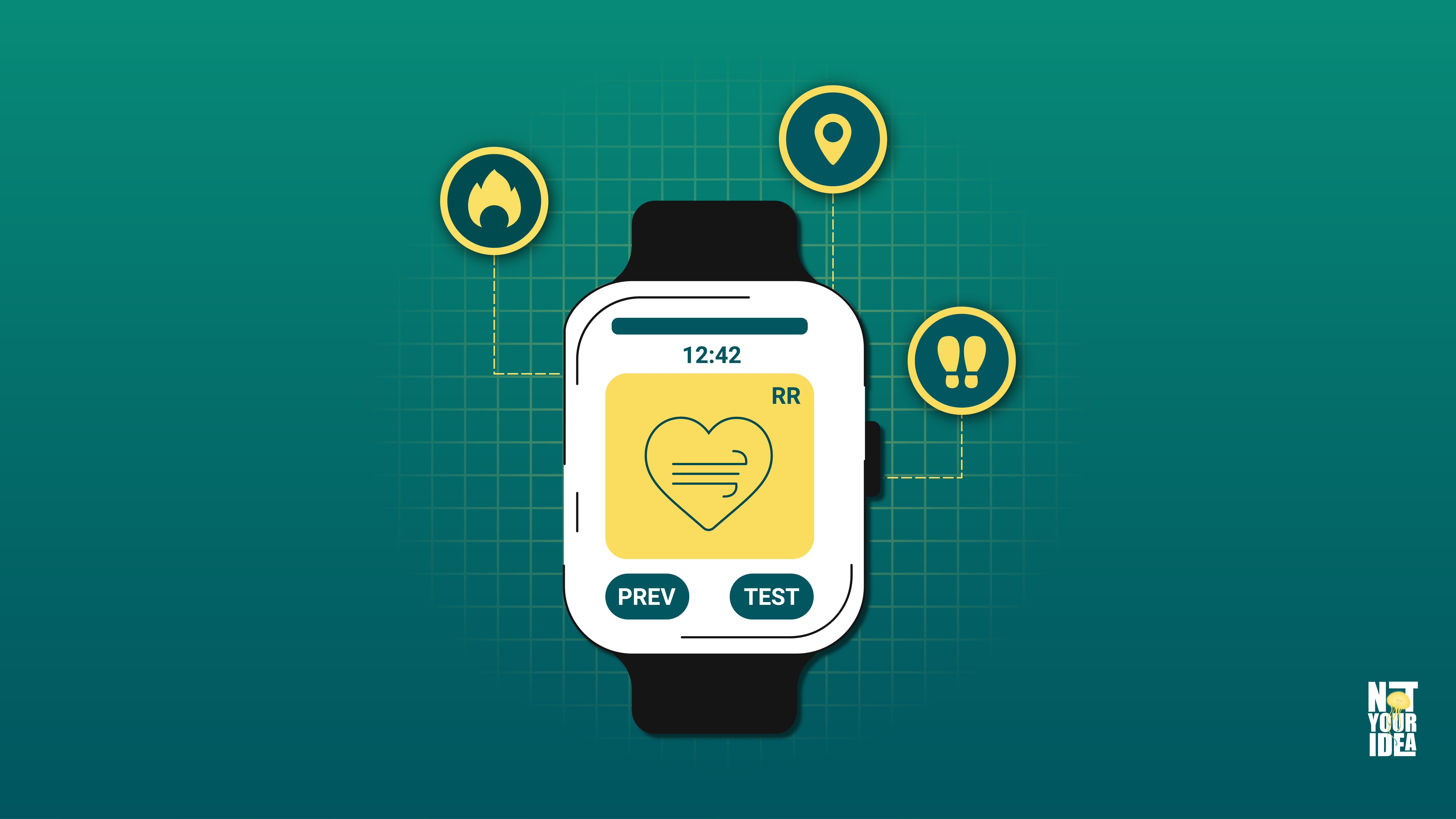
Industrial Sector
In manufacturing, IoT sensors track the health of various equipment and automatically refresh the website with the status of the machinery. This automation from your website makes it easier for the customers to get real-time information such as stock levels, repair schedules, and the availability of the products.
Hospitality Sector
The hospitality industry is taking IoT to the next level. Guests approaching a hotel can use their smartphones to access check-in, room control, or concierge services—all through the hotel’s website.
This creates an ultra-efficient, frictionless experience. As an IT leader, you know how important it is to ensure that IoT is integrated seamlessly across all channels, so you’re offering the best possible service to your customers.
These real-world examples show how IoT can enhance website interactions, making them smarter, faster, and more personalized.
How Your Website Can Benefit From IoT
Content Adaptation
Meeting customer expectations through dynamic delivery is only possible with IoT. From personalized offers to tailored promotions, IoT devices can fetch data to make your website address customer needs at the precise instance. It’s about making every visit feel bespoke, rewarding, tailored and important.
Anticipative User Experience
With IoT in play, you’re not only responding to what users do, you’re also looking into the future to predict what they will do next. Reacting to customer needs through IoT data enables you to construct anticipative recommendations for services. Such an approach enhances the user experience and makes the website feel as though it is in tune with customer requests, even before they voice it.
Proactive Customer Care
What if a website can not only respond to customer queries, but sees the need for assistance even before a customer raises a question? IoT makes it possible to give real time customer support through automated chatbots and even direct conversations with service agents. It is about making support pro-active, reducing friction and eliminating obstacles to resolution before they originate.
Multi-Device Experiences
IoT allows for cross-device consistency—your customers can move from one device to another without losing their personalized experience. Whether they're on their smartphone, tablet, or laptop, the website adapts to provide a smooth, consistent journey. For businesses offering e-commerce or multi-channel services, this is a game changer.
Overcoming Challenges in Website IoT Integration
Integrating IoT into your website comes with certain challenges. Here are some hurdles to overcome:
- Data Overload: The amount of data that IoT produces can be extraordinarily huge. This threatens to overload your current infrastructure. To solve that problem, there is always Cloud and Edge Computing. These technologies come in handy to process information without overloading your current system.
- Security: The physically interacting layer of IoT is dangerously prone to a plethora of security challenges. To mitigate risks, specific endpoint security policies must be enforced to guarantee protected data transmission. Also, adhering to data privacy policies like GDPR is essential for user data management.
- Integration challenges: Not many people are comfortable with the concept of IoT, and that may be the reason behind the negative perception surrounding IoT and the websites that are already operating. This perception can be mitigated with the use of the right tools and platforms, thus, eliminating the need for physical hardware devices.
- Cost vs. ROI: The initial expense of IoT can be high, the ROI is worth the investment. Automated systems help to lower manually operated tasks, assist in improving customer service, and thus, IoT optimizes systems. It's essential to think long-term in this case and not limit your thoughts around ROI.
The Future of IoT and Web Experiences
Looking ahead, IoT isn’t slowing down. In fact, AI, 5G, and machine learning are taking IoT’s capabilities to new heights. AI will help you make even smarter decisions, while 5G will enable faster and more reliable connections for IoT devices.
For you, this means preparing your website to handle even larger volumes of real-time data and more connected devices. By staying ahead of the curve, you'll be able to offer the next level of personalization and efficiency that today’s customers expect.
FAQs
What Do You Mean by Internet of Things?
The Internet of Things (IoT) is a network of interconnected devices that collect and share data to create smarter, more efficient systems.
What Are the 4 Major Components of IoT?
The four major components of IoT are sensors/devices, connectivity, data processing, and user interface. These components work together to provide a seamless experience.
What is an Example of IoT?
An example of IoT is a smart thermostat that adjusts your home’s temperature based on your preferences and schedule.
What are the Benefits of IoT?
The benefits of IoT include improved customer experience, enhanced personalization, and more efficient data management, all of which make your website more intuitive.
Why is IoT Necessary?
IoT is necessary because it helps businesses provide better customer service, offer personalized experiences, and streamline operations—leading to happier customers and improved results.
